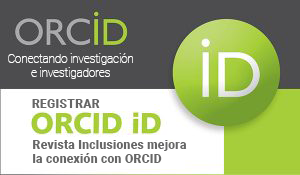DESIGN METHODOLOGY OF RISK-ORIENTED INTERNAL CONTROL SYSTEM OF A BANK
Palabras clave:
Bank as a designed system, System paradigm, Internal control system, Functional conceptResumen
The article is devoted to a fundamentally new concept of the methodology for building the system of risk-oriented internal control in a bank. The authors use the system paradigm as the basic and key principle of the methodology for designing and building the bank's internal control system. The bank is viewed as a complexly organized socio-economic system, consisting of structural components – that is, functional subsystems of the bank, forming a new quality in their integrated unity - a deposit and credit institution. The second key component of the applied methodology is the principle of the system-functional organization, based on the understanding that each institutional component of the system - the internal structural and functional divisions of the bank (divisions, departments, management) when designed should be endowed with a necessary and sufficient set of specific functions. The third key component of the applied methodology is the principle and a special system requirement: the bank's internal control system is designed to perform a key function of providing feedback in the system. The presence of the feedback in a system of any type is a necessary condition for the existence of this system.
Publicado
Versiones
- 29-12-2020 (2)
- 11-10-2020 (1)
Cómo citar
Número
Sección
Los autores retienen los derechos de autor y otorgan a Revista Inclusiones el derecho de publicación bajo Creative Commons Attribution 4.0 International (CC BY 4.0). Esto permite el uso, distribución y reproducción en cualquier medio, siempre que se otorgue la debida atribución al autor.











